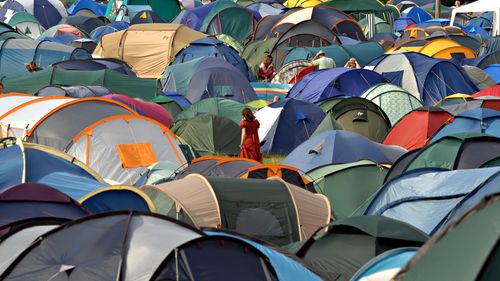Jebel Saghro
When the snows make the High Atlas tricky, the mountain range of Jebel Saghro offers beautiful wintry landscapes but with fewer challenges.
A continuation of the Anti-Atlas, it has slightly milder temperatures and trails that are usually still passable, without the same level of difficulty as Toubkal.
At 2712m, the highest peak — Amalou n'Mansour — is much lower than the High Atlas peaks. This means the risk of altitude sickness is generally less of a problem. The local cave paintings are a bonus.
Where to stay
Hotel Tomboctou - a kasbah built for Sheikh Bassou in 1944, this is one of the country’s most memorable small hotels. There’s a range of tasteful and cosy rooms (cool in summer and heated in winter), plus a courtyard pool, good restaurant, and small bar.
M’Goun Massif
The traverse of the M’Goun Massif in the Central High Atlas need not be as taxing as taking on Toubkal if you avoid ascending the high peaks such as M’Goun itself (4071m).
This lets you spend more time savouring the drama of the mountain scenery and valleys that are home to the local Berber tribes.
The area is at its best in late spring with carpets of wild flowers and dramatic snow-melt rivers in valleys like the Ait Bougmez and the Tessaout.
If you have a week to play with, enjoy exploring the lower slopes and valleys, or use your time to acclimatise properly and tackle M’Goun itself.
Where to stay
Kasbah Assafar - this skilfully restored pisé kasbah in the village of Aït Khyar has a terrace that makes the most of its lofty position (1400m altitude). Owner Boullouz Aziz is a very experienced mountain guide who can organize walking and mountain biking in the Vallée des Roses and the Jebel Saghro.
















